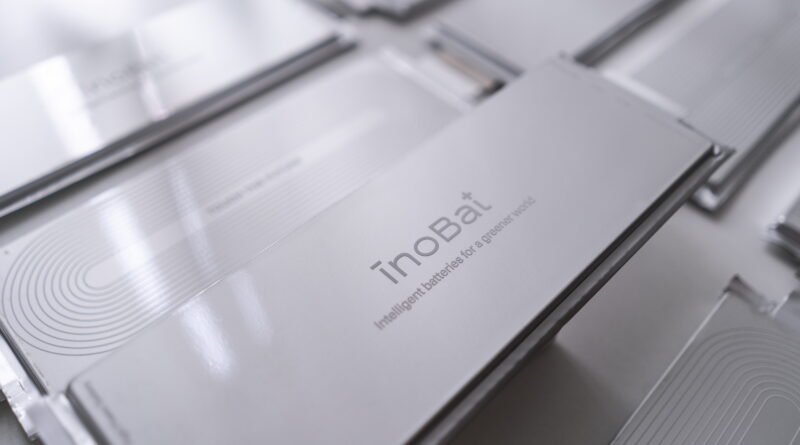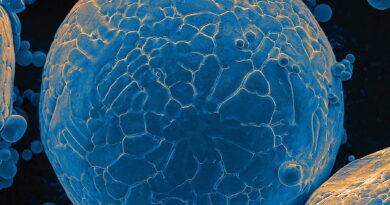New cobalt-free cathodes for lithium-ion batteries
Researchers at Oak Ridge National Laboratory have developed a new type of cathodes with the potential to replace the costly cobalt-based cathodes typically found in today’s lithium-ion batteries that power electric vehicles and consumer electronics.
NFA, which stands for nickel-, iron- and aluminium-based cathode, this new class caathode is a derivative of lithium nickelate and can be used to make the positive electrode of a lithium-ion battery. These novel cathodes are designed to be fast charging, energy dense, cost effective, and longer lasting.
With the growth in the production of movable electronics and electric vehicles throughout the world, lithium-ion batteries are in high demand. According to Ilias Belharouak, ORNL’s scientist leading the NFA research and development, more than 100 million electric vehicles are anticipated to be on the road by 2030. Cobalt is a metal currently needed for the cathode which makes up the significant portion of a lithium-ion battery’s cost.
Cobalt is erratic and largely mined in troubled parts of Africa, making it difficult to acquire and produce cathodes. As a result, finding an alternative material to cobalt that can be manufactured cost effectively has become a lithium-ion battery research priority.
Oak Ridge National Laboratory scientists tested the performance of the NFA class of cathodes and determined they are promising substitutes for cobalt-based cathodes, as described in Advanced Materials and the Journal of Power Sources.
Scientists used neutron diffraction, Mossbauer spectroscopy and other advanced characterization techniques to investigate NFA’s atomic- and micro-structures as well as electrochemical properties.
Forthcoming research and development on the NFA class will include testing the materials in large-format cells to validate the lab-scale results and further explore the suitability of these cathodes for use in electric vehicles.




